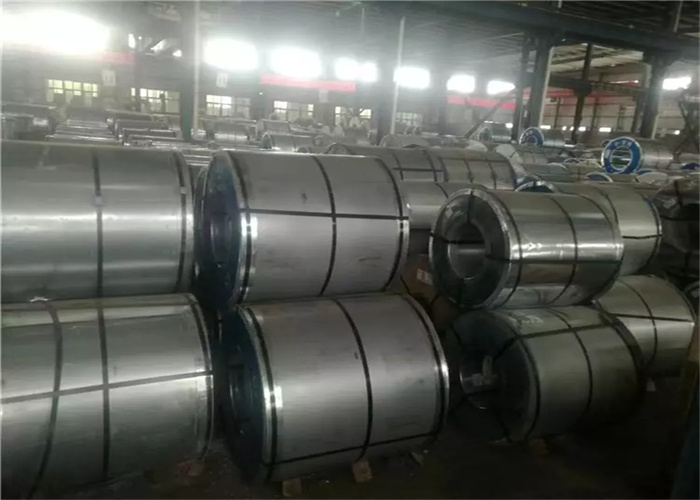1. Hot-rolled and cold-rolled
The silicon steel sheet can be obtained by hot rolling or cold rolling, but hot rolling consumes serious energy, pollutes the environment, and the performance is not as good as cold rolling, so nowadays they are basically cold rolled.
2. Thickness
Commonly used in motors are 0.35mm and 0.5mm.
3. Grades
Thickness value of 100 times + 100 times the iron loss (in the frequency of 50HZ, waveform is sinusoidal magnetic inductance peak value of 1.5T unit weight iron loss). For example, 50W470, which means the iron loss value is 4.7w/kg, and the thickness is 0.5mm of cold rolled non-oriented silicon steel.
High grade means low iron loss, low grade is high iron loss value.
4. Stacking factor
The lamination coefficient is the volume of the effective core in the unit volume of the motor and transformer core, the lamination coefficient is related to the thickness of the steel plate and the thickness of the coating, in addition to the plate shape, that is, in the motor and transformer unit volume, in addition to the core (effective part), there are coatings and air gaps, the larger the lamination coefficient, the better, non-oriented electrical steel can generally reach more than 98%, oriented silicon steel can generally reach more than 97%.
5. Punchability
Electrical steel is used in a large number of manufacturing motors, motors are required to punch, non-oriented electrical steel generally need to repair the die when the punch burr is greater than 50um, the number of punching between the two repair die to measure the electrical steel material punching performance, that is, a good coating should be as many times as possible, less die repair, punching performance and the mechanical properties of the material, but also with the type of coating, such as non-oriented electrical steel A coating The number of punching is about 1 million times.

